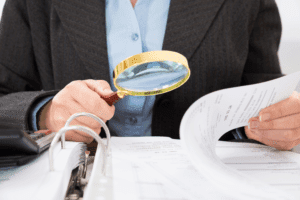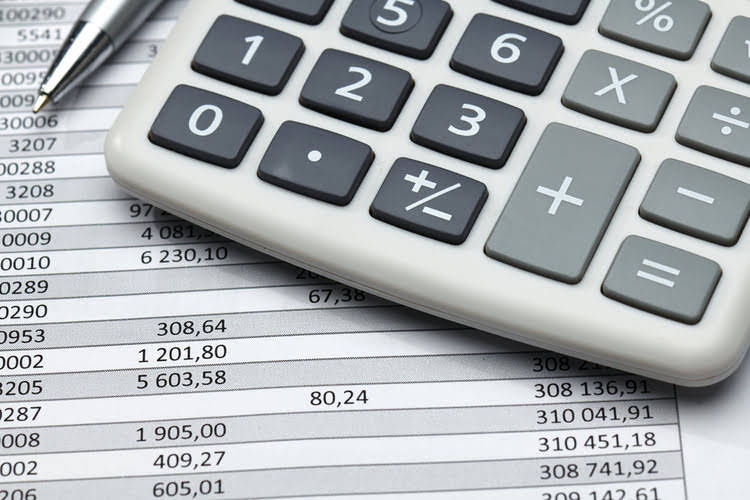
If you need expert bookkeeping assistance, Bench can help you get your books in order while you focus on what’s important for your business. The cost of the truck including taxes, title, license, and delivery https://www.bookstime.com/ is $28,000. Because of the high number of miles you expect to put on the truck, you estimate its useful life at five years. We now have the necessary inputs to build our accelerated depreciation schedule.
What is the 150% declining balance depreciation?
- Conversely, if the asset maintains its value better than expected, a switch to the straight-line method could be more appropriate in later years.
- Double declining balance depreciation is an accelerated depreciation calculation in business accounting.
- When you purchase these assets, you’ll have to choose your method of depreciation.
- While some accounting software applications have fixed asset and depreciation management capability, you’ll likely have to manually record a depreciation journal entry into your software application.
- Financial accounting applications of declining balance are often linked to income tax regulations, which allow the taxpayer to compute the annual rate by applying a percentage multiplier to the straight-line rate.
- If 80 items were produced during the first month of the equipment’s use, the depreciation expense for the month will be $320 (80 items X $4).
Because twice the straight-line rate is generally used, this method is often referred to as double-declining balance depreciation. For instance, if an asset’s market value declines faster than anticipated, a more aggressive depreciation rate might be justified. Conversely, if the asset maintains its value better than expected, a switch to the straight-line method could be more appropriate in later years. In year 5, companies often switch to straight-line depreciation and debit Depreciation Expense and credit Accumulated Depreciation for $6,827 ($40,960/6 years) in each of the six remaining years.
- For instance, in the fourth year of our example, you’d depreciate $2,592 using the double declining method, or $3,240 using straight line.
- In the final year, the asset will be further depreciated by $2000, ignoring the rate of depreciation.
- 1- You can’t use double declining depreciation the full length of an asset’s useful life.
- On the other hand, a double-declining balance decreases over time because you calculate it off the beginning book value of each period.
- Most businesses, no matter the size, have assets that will lose their value over time.
- Under the generally accepted accounting principles (GAAP) for public companies, expenses are recorded in the same period as the revenue that is earned as a result of those expenses.
Calculating expenses from beginning book value to depreciation
While you don’t calculate salvage value up front when calculating the double declining depreciation rate, you will need to know what it is, since assets are depreciated until they reach their salvage value. Double declining balance (DDB) depreciation is an accelerated depreciation method. DDB depreciates the asset value at twice the rate of straight line depreciation. The formula used to calculate annual depreciation expense under the double declining method is as follows. First, determine the annual depreciation expense using the straight line method.
The drawbacks of double declining depreciation
- The value of each change is calculated by subtracting the amount written off from the asset’s book value on its balance sheet.
- The declining balance method is an accelerated depreciation system of recording larger depreciation expenses during the earlier years of an asset’s useful life.
- Multiply the straight line depreciation rate by 2 to get the double declining depreciation rate.
- DDB depreciates the asset value at twice the rate of straight line depreciation.
- Ask a question about your financial situation providing as much detail as possible.
- The “declining-balance” refers to the asset’s book value or carrying value (the asset’s cost minus its accumulated depreciation).
The best way to understand how it works is to use your own numbers and try building the schedule yourself. Depreciation is an accounting process by which a company allocates an asset’s cost throughout its useful life. Firms depreciate assets on their financial statements and for tax purposes in order to better match an asset’s productivity in use to its costs of operation over time. Depreciation rates used in the declining balance method could be 150%, 200% (double), or 250% of the straight-line rate. When the depreciation rate for the declining balance method is set as a multiple, doubling the straight-line rate, the declining balance method is effectively the double-declining balance method. Over the depreciation process, the double depreciation rate remains constant and is applied to the reducing book value each depreciation period.

How Does the Double Declining Balance Method Compare Against Other Depreciation Methods?

However, the total amount of depreciation expense during the life of the assets will be the same. The double declining balance method is considered accelerated because it recognizes higher depreciation expense in the early years of an asset’s life. By applying double the straight-line depreciation rate to the asset’s book value each year, DDB reduces taxable income initially. By following these steps, you can accurately calculate the depreciation expense for each year of the asset’s useful life under the double declining balance method. This method helps businesses recognize higher expenses in the early years, which can be particularly useful for assets that rapidly lose value. Accelerated depreciation is any method of depreciation used for accounting or income tax purposes that allows greater depreciation expenses in the early years of the life of an asset.

Step 3 of 3
The underlying idea is that assets tend to lose their value more rapidly during their initial years of use, making it necessary to account for this reality in financial statements. In this comprehensive guide, we will explore the Double Declining Balance Method, its formula, examples, applications, and its comparison with other depreciation methods. Sara wants to know the amounts of depreciation expense and asset value she needs to show in her financial statements prepared on 31 December each year if the double-declining method is used.
Declining Balance Method of Assets Depreciation FAQs

However, the final depreciation charge may have to be limited to a lesser amount to keep the salvage value as estimated. In DDB depreciation the asset’s estimated salvage value is initially ignored in the calculations. However, the depreciation will stop when the asset’s book value is equal to the estimated salvage value.
You can calculate the double declining rate by dividing 1 by the asset’s life—which gives you the straight-line rate—and then multiplying that rate by 2. The next chart displays the differences between straight line and double declining balance depreciation, with the first two years of depreciation significantly higher. While some accounting software applications have fixed asset and depreciation management double declining balance method capability, you’ll likely have to manually record a depreciation journal entry into your software application. If the company was using the straight-line depreciation method, the annual depreciation recorded would remain fixed at $4 million each period. On the other hand, a double-declining balance decreases over time because you calculate it off the beginning book value of each period.